Remember MySpace?
It was one of the first social media platforms that revolutionized how people interact online.
In those days and even in the early days of Facebook, people were still trying to get comfortable with online “friendships.”
Some people didn’t join until a significant portion of humanity had already signed up. And even then, they were a bit hesitant.
Now, however, people are acquainted with social media, how it works, and why it’s fun. They trust it and they enjoy it. Therefore, they use it.
And in the days of social media discovery, everyone sort of wondered, “How are these platforms making money?”
Well, now we have the answer.
In a word, advertisements.
The more people that these platforms have access to, the more money they make from businesses wanting to sell those people their products.
And today, 62% of people living in North America have a Facebook account.
Since Facebook sells all of that user data to advertisers, they make a lot of money.
Unfortunately, that also means that growing an organic audience on social media platforms is only becoming more difficult.
Because Facebook, Linkedin, Pinterest, and Instagram want you to pay them money to reach your audience.
They don’t want you to be able to do that for free. At least, not easily.
While social media platforms might look like a simple and fun idea on the outside, the reality is that each one is a business.
Still, though, paying to play is well worth your time.
Not only does a massive portion of the human race use social media, but they use it regularly.
Over 75% of Facebook and Instagram users visit the platform at least once per day.
And that means if you advertise on the platforms, people will see you.
Social media is attracting people like crazy, and it doesn’t seem to be going anywhere anytime soon.
For that reason, many marketers and advertisers are still using the platforms to spread their products and message, despite the “pay-to-play” models.
Just take Facebook, for instance. 93% of social media advertisers use Facebook Ads.
However, even the massive number of marketers and advertisers who use social media to sponsor their businesses struggle to quantitatively measure their effectiveness.
And that’s a damaging truth.
Not just to your spirit, but to your pocketbook. Maybe if you’re only trying to grow an organic following on social media, then it isn’t as detrimental.
After all, you’ll probably invest less money while trying to grow an organic following.
However, social media platforms are intentionally trying to get you to pay.
So first, I’ll discuss why and how that’s happening on social media platforms and then lay out some strategies to help you get the most bang for your buck on your advertising efforts.
Why social media is “pay-to-play”
It used to be that you could grow a social media following with some creativity and determination.
Now, however, you also need dollar bills.
And the more you have, the better you’ll be able to reach your audience.
That is, of course, on purpose.
Social media sites want you to pay to reach your ideal market. They don’t want you to able to reach it for free, and they definitely don’t want you to be able to go viral without paying for it.
Over the years, that truth is only becoming more prevalent.
As social media platforms establish themselves, they can require businesses pay more to reach their target markets.
And they are doing so. Vehemently.
In fact, on average, brands only reach 6% of their fans without using paid advertisements.
Clearly, that isn’t very promising.
Additionally, average Facebook engagement is on a downhill slope.
In other words, not only is it difficult to reach your ideal audience, but it’s almost impossible to get them to engage.
The answer, of course, is to run paid advertisements.
As Facebook’s stock price has increased, the average organic reach of business pages has decreased.
Why is that?
Because, again, Facebook doesn’t want you to build a following for free. They want you to pay for it.
Just consider this promote button that they constantly encourage businesses to click.
If you have a Facebook page, you know exactly what I’m talking about.
You probably even receive occasional notifications telling you to boost your post for $5 or $10.
That is a great way for Facebook to make money. But it might not be a great way for you to make money.
And that boost button becomes even more tempting when you find out that Facebook won’t even show your post to all of your current followers.
Just consider this post. My page has almost 920,000 followers, but Facebook has only shown the post to about 15,000 people.
Is that just because only some people have been on Facebook at the time of the post?
No. No, it isn’t.
It’s actually because Facebook intentionally restricts how many people a page can reach with their posts organically. They want you to click that boost button, and they want you to do it as often as possible.
The more you do, the more money they make.
That is, of course, only one example of the increasingly expensive social media climate that advertisers find themselves in.
So what can you do to get the most bang for your buck this year?
Specifically, five things. Here’s what they are.
1. Understand your advertising goals
Since every advertisement is going to cost you cold, hard cash, you shouldn’t run one unless you’ve first determined what the goal of the advertisement is.
If you don’t know, then it’s probably best for your bank account to forego paying for an ad.
The process doesn’t need to be complicated, though.
Just start by taking a look at your funnel, from awareness to consideration to transaction.
Then ask yourself where the advertisement falls within that funnel. What is the end goal of the ad?
Traffic? Conversions? Brand awareness?
The goal of your ad should directly impact the copy, image, and message that you send. If you don’t have a direct goal for your advertisement, then you shouldn’t run the ad in the first place.
Especially since an unsuccessful ad will cost you loads of money and time.
Naturally, there are a variety of different goals you can choose from.
This ad, for instance.
Is trying to do something far different than this ad.
One is trying to build brand awareness and strengthen Buffer’s brand image, while the other is trying to actually sell Buffer’s SaaS product.
One is top-of-funnel and the other is bottom-of-funnel.
Sometimes, you’ll want to run ads to a piece of content you created on your website.
Other times, you’ll want to simply sell your product.
Which goal you choose for your advertising campaign will also impact the audience you target.
If you’re trying to build brand awareness, then you might try to target people who’ve never heard of your business.
But if you’re trying to generate conversions, then it’s probably a better idea to run ads to people who already know about you and have indicated that they are interested in buying.
One thing’s for sure, though. If you don’t know what the goal of your advertisement is, then you don’t really have an advertisement at all.
Start with deciding a goal for your advertisement and don’t run the ad before you’ve determined it.
2. Choose the right social media platform
Each social media platform is different.
Some social media platforms are great for B2B advertising while others are great for B2C advertising. Still, some work for both.
Not only that, but each platform also offers different advertising options.
On Facebook, you can target custom and lookalike audiences, which we’ll talk more about it in a bit.
And on LinkedIn, you can target matched audiences.
With Pinterest, you can use Shoppable Pins.
Above all, though, Facebook shines through as the preferred option for marketers and advertisers everywhere.
In fact, 95% of marketers said that Facebook produces the best ROI for their advertisements.
As you can see, Twitter, Instagram, and LinkedIn fall into second, third, and fourth place.
If you’re looking to advertise on social media, then you should at least consider those top four platforms.
Still, one platform will work better for B2B while another works better for B2C. And one will work better for SaaS while another works better for physical products.
How can you decide which platforms to use and which to ignore for the sake of your business and your ROI?
Well, if you’re marketing for a B2B company, then LinkedIn, Twitter, and YouTube should stand at the top of your marketing list.
However, keep in mind that, on LinkedIn, you can’t do a very good job of selling your actual products.
For generating leads, the platform is remarkable. But for generating conversions, not so much.
Twitter is great for quick advertisements that drive leads and conversions. And YouTube is perhaps the best platform for building a meaningful connection with your audience since it’s based in video content.
Here’s a quick overview of each social media platform and their specialties.
In particular, you’ll notice:
Pinterest is great if you have a female audience, Twitter has the largest penetration in the U.S., Facebook is mostly on mobile, Instagram is all about images, Google+ has 300 million active users, and LinkedIn is B2B oriented.
Those unique differences should impact the place you advertise and the advertisements you use.
And each one will cost you money because each social media platform is a business.
So you need to choose the platform that will provide you with the best ROI. That way, you’re not wasting your hard-earned cash on a platform that simply doesn’t work with your business.
3. Target custom and lookalike audiences
Here’s what you don’t want to do.
You don’t want to pay for advertisements, run them for weeks on end, and receive little-to-no attention.
Unfortunately, that’s often what happens when marketers run advertisements without taking the necessary precautions. Or at least, having the necessary knowledge.
Take, for instance, the audience you choose to target.
You can target everyone in the social media world with the right interests. Or, you can target people who are similar to your current successful audiences.
In most cases, the latter option is far more effective.
Fortunately, most social media platforms offer a variation of what Facebook calls custom and lookalike audiences.
LinkedIn calls it matched audiences and Twitter calls it tailored audiences.
But the feature is largely the same across the board.
So what exactly does the feature do?
Well, it allows you to target audiences that are similar to your current successful audiences.
Imagine, for example, that you have an email list that is incredibly successful. Your open rate, click-through rate, and engagement rate are remarkable for your industry.
With customer and lookalike audiences, you can leverage that email list.
The feature allows you to do one of two things.
- Target your email list or some other predetermined audience.
- Target an audience that is similar to your email list or other predetermined audience.
The benefits of those features are obvious.
If you have an audience that is already successful, then targeting those same people or people with a similar attitude and demographic is likely to pull results.
In the case of Facebook lookalike audiences, advertisers experience higher-quality and scale than other advertising options.
However, using the feature for one of your social media campaigns will usually require you to install a tracking pixel on your website.
This is what that looks like on Facebook.
Fortunately, that’s quite simple and anyone can do it.
Most social media platforms will walk you through the steps to do so, and all you have to do is follow.
Once you’ve installed the pixel, that social media platform will receive data from your website to understand how your ad is performing.
How many people visit your website? How many people convert? Or how many people abandon their shopping cart?
That’s all available information if you install the required pixel.
Then you’ll be able to use custom and lookalike audiences, giving your advertisements the best bang for your marketing buck.
4. Run retargeting ads
Similar to customer and lookalike audiences are retargeting ads.
These allow marketers to show advertisements to people who have taken (or not taken) certain actions on their website.
Again, you only have access to retargeting ads if you install the corresponding social media pixel on your website.
Most social media websites, though, will allow you to run retargeting ads with ease.
Here’s how they work.
Someone visits your site, and the social media pixel tracks their actions. Let’s pretend, for instance, that they put an item in their shopping cart, but leave before buying.
Then, when they go on Facebook, they see an advertisement that targets them with the exact item they added to their cart, maybe offering an additional discount as an incentive.
For obvious reasons, retargeting ads are more successful than their less-targeted counterparts.
But just how successful are retargeting ads?
Well, on average, they receive three times more clicks, and they are four times more likely to convert new customers.
Here’s what a retargeting ad sometimes looks like. The person visits the website and then they see a sidebar ad on Facebook of the exact same item.
The other regard in which retargeting ads help your marketing success is across different devices.
In today’s world, people use multiple devices. They view your website on their laptop and then Facebook on mobile.
As you can see in the chart below, the device percentages are almost evenly split.
With retargeting ads and a social media pixel, the ads don’t depend on cookies, which are device specific. But they often identify the actual user.
That means even though the person visited your website on their laptop and then Facebook on their phone, the pixel sees the person instead of the different devices.
Clearly, that’s a win for your marketing strategy.
Here’s a retargeting ad, for instance, in which J. Crew Factory offers a discount for a user who abandoned their cart.
And another example.
And one more.
Do that and you’re sure to get more bang for your buck out of your advertising dollars.
Retargeting ads are less risky than most other advertisements because they target people that, you know, are already interested in your product.
You just have to give them a little push before they buy.
Conclusion
As time goes on, social media is only going to get more expensive.
Each platform is trying to run a business, which means that they are trying to make money.
You are their customer.
And your customer is their product. Fortunately, the story isn’t all bad.
Social media is remarkable at finding and targeting your audience.
Even though you now have to “pay to play,” as long as you use your dollars wisely, you can use social media to advertise your products and grow your business.
The four things you want to focus on are understanding your advertising goals, choosing the right social media platform, targeting custom and lookalike audiences, and running retargeting ads.
Then, and only then, will you get the best bang for your buck in the expensive social media climate you find yourself in.
What strategy do you use to get the best ROI from your social media advertisements?

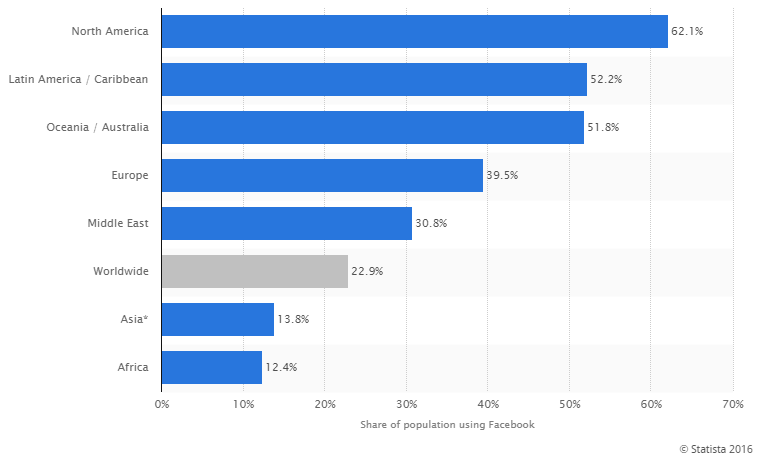
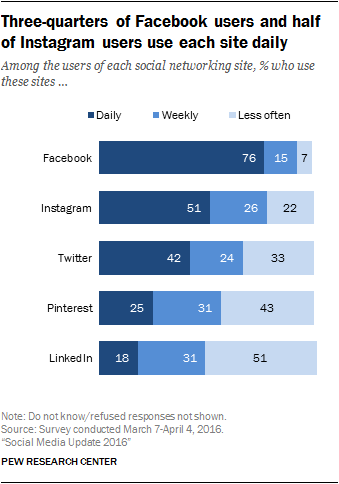
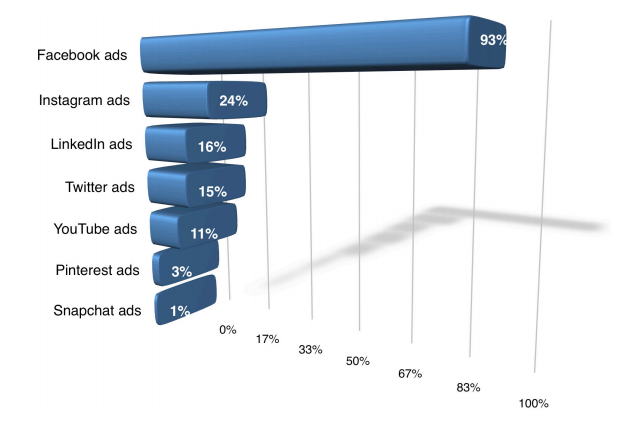
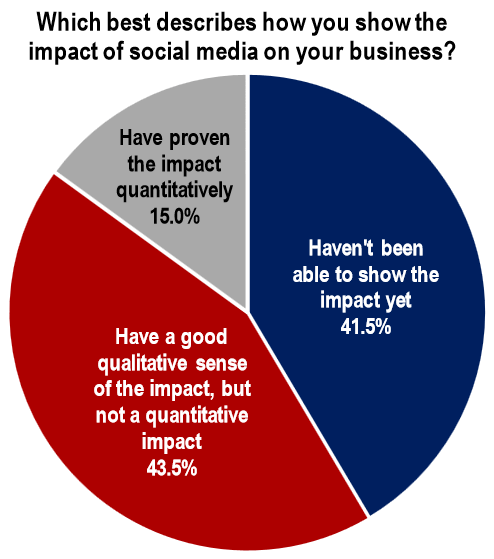
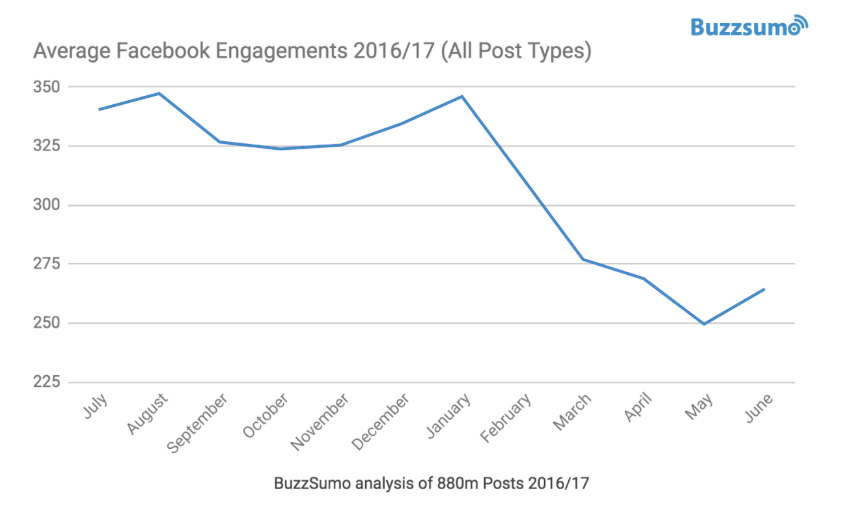
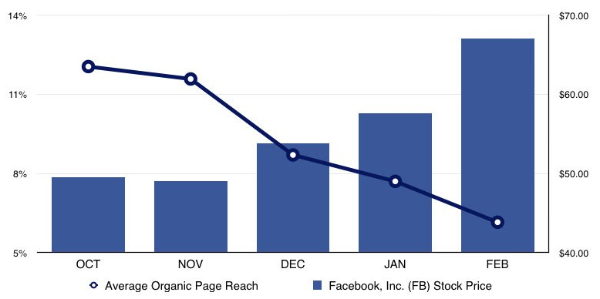


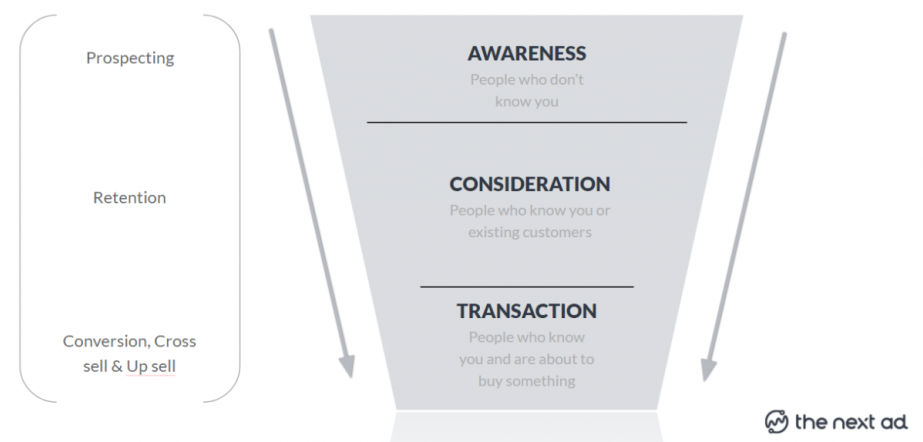
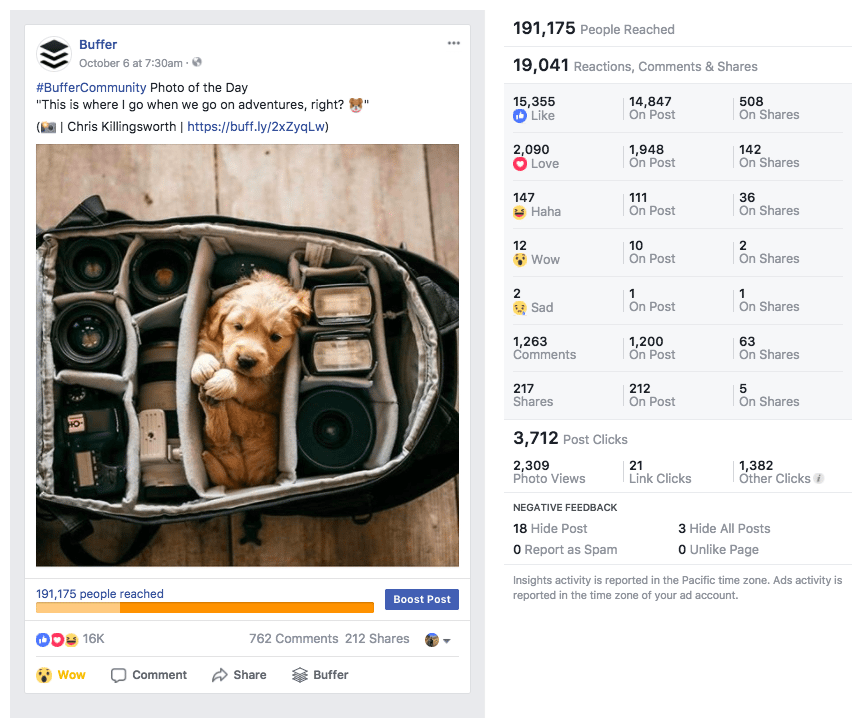


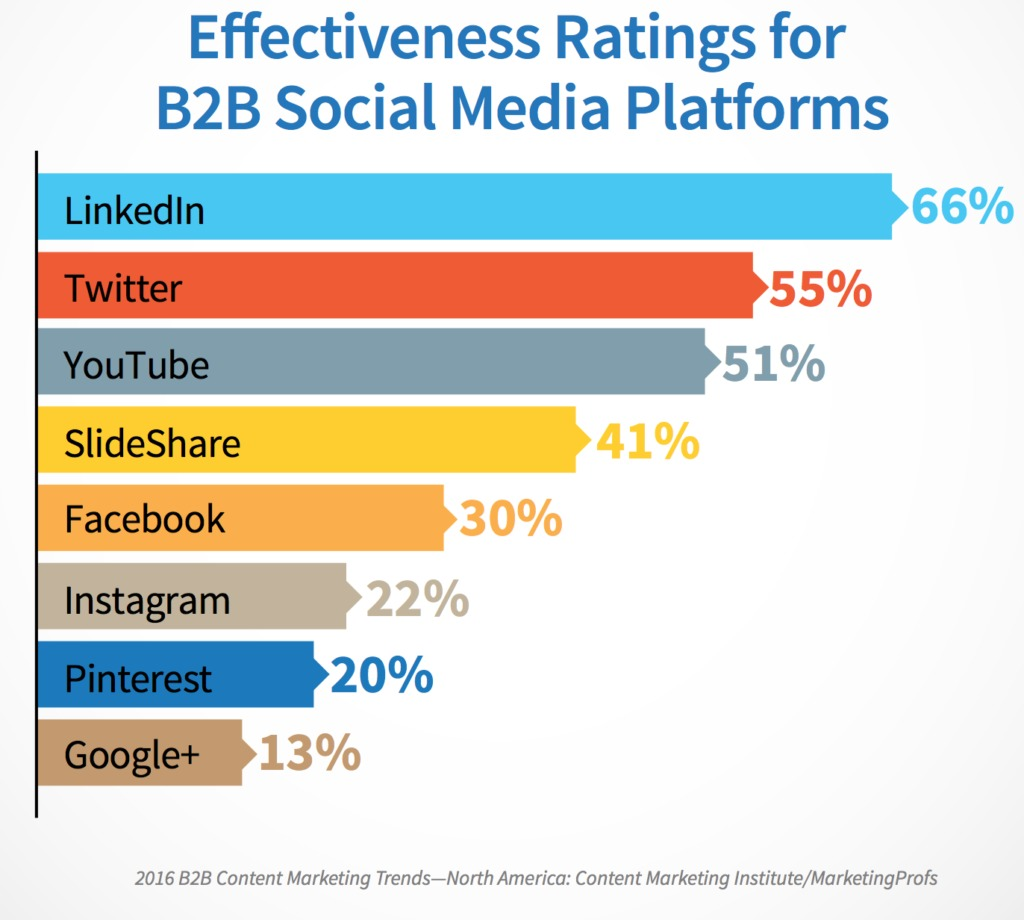
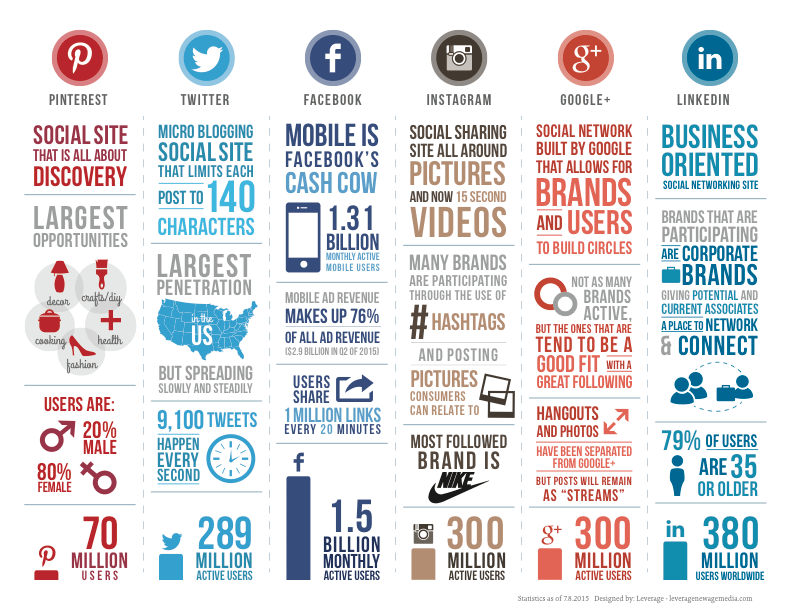
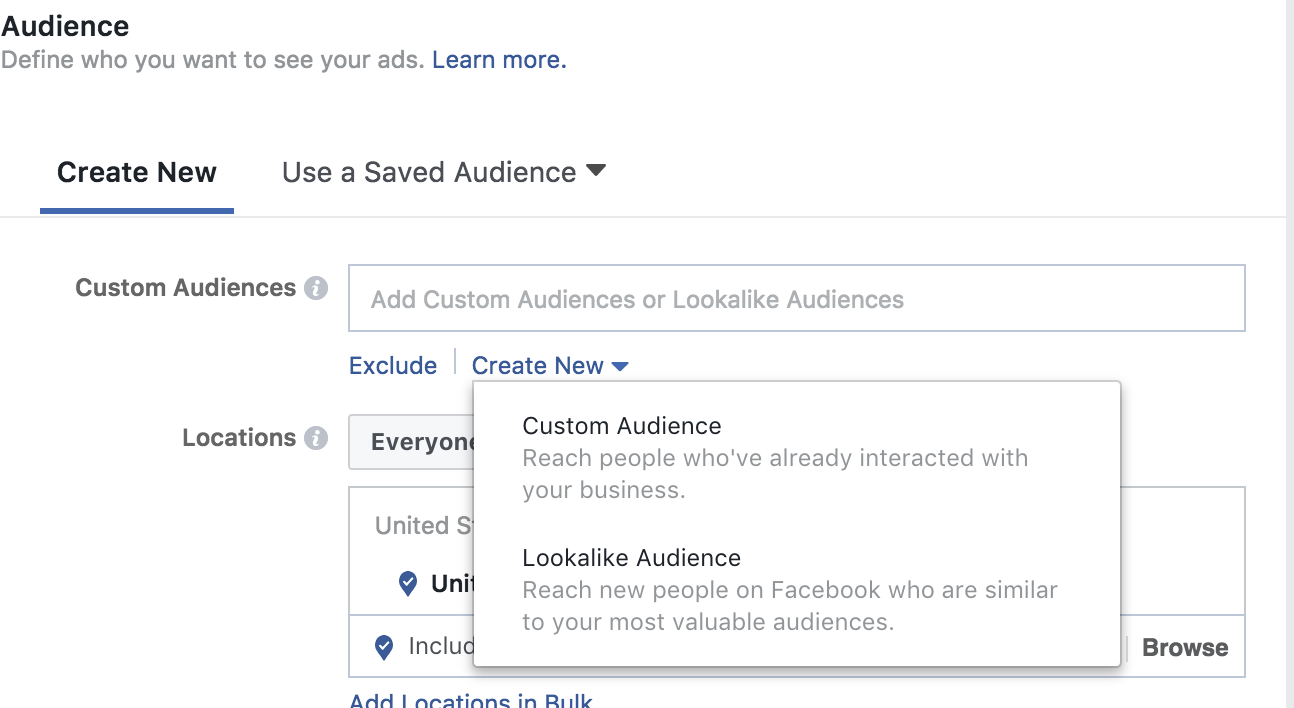

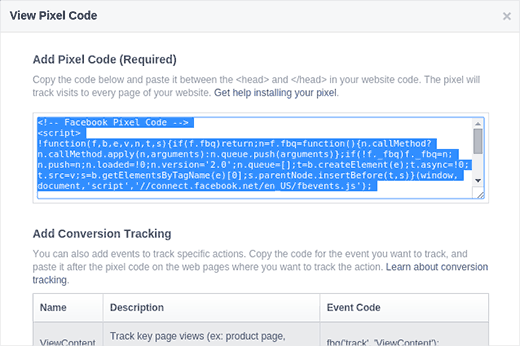
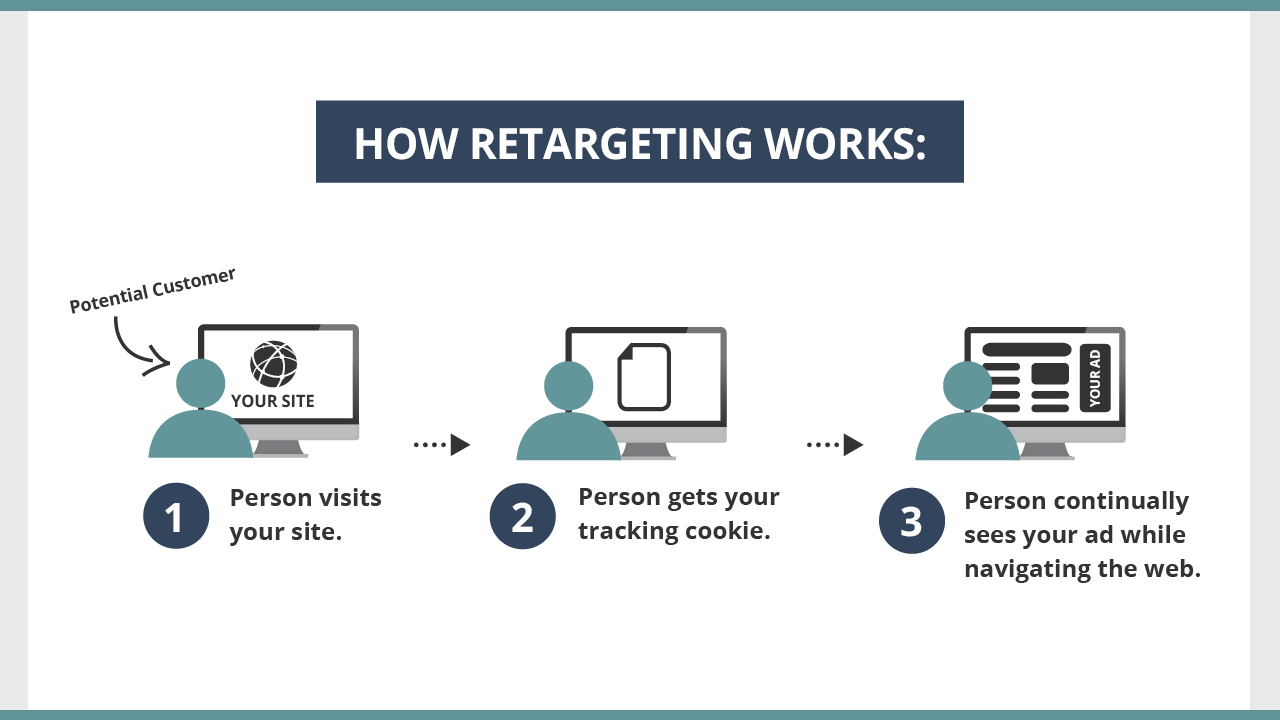
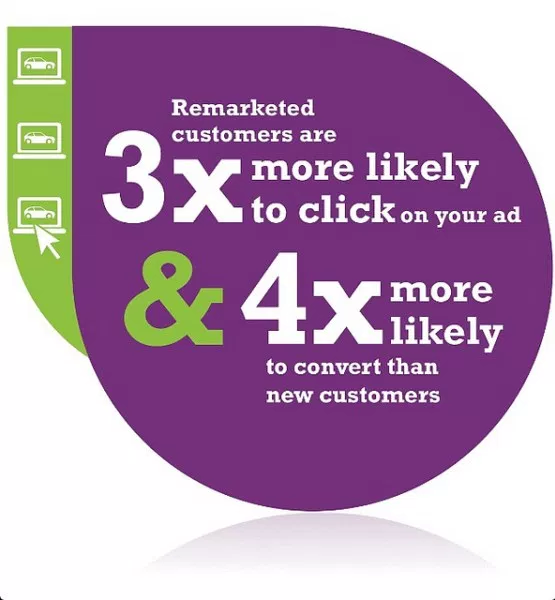
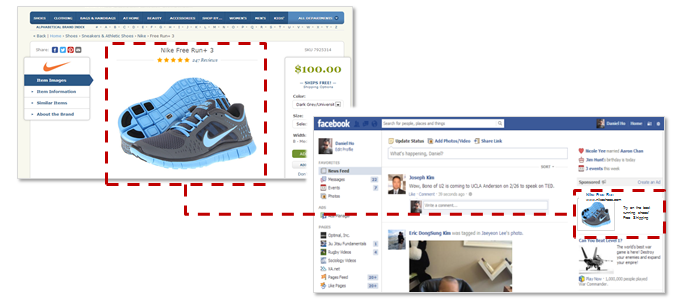
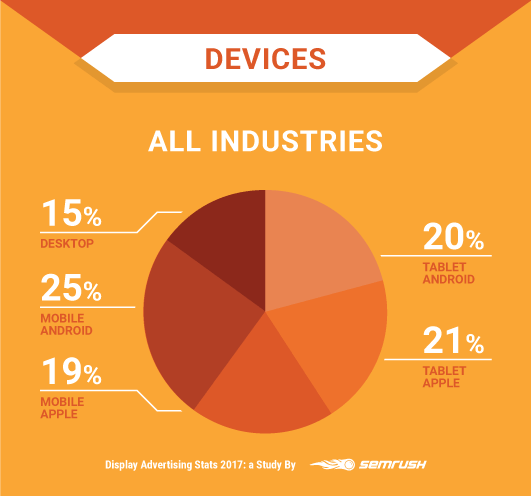
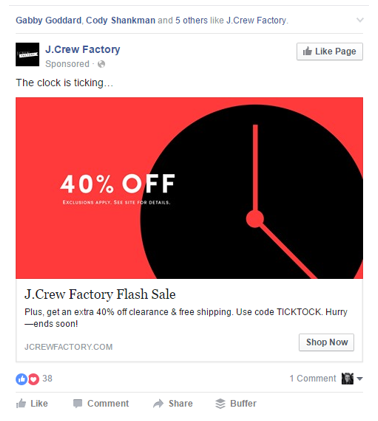
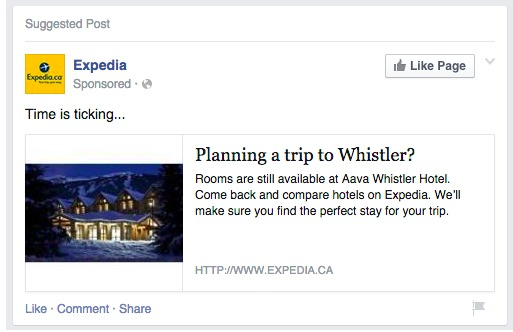

Comments (56)